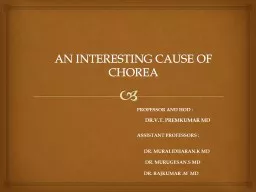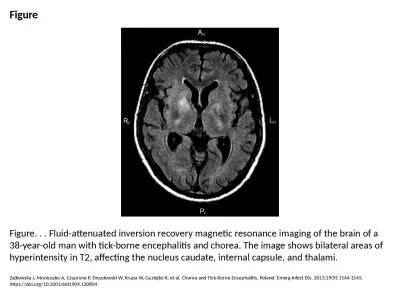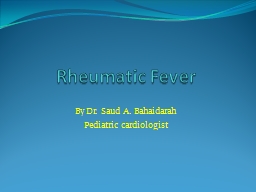PPT-A 60-Year-Old Woman with Chorea and Weight Loss
Author : jane-oiler | Published Date : 2019-11-28
A 60YearOld Woman with Chorea and Weight Loss J Gen Intern Med 2012 Jun27674751 Amanda Vick MD Ryan R Kraemer MD Jason L Morris MD Lisa L Willett MD Robert M Centor
Presentation Embed Code
Download Presentation
Download Presentation The PPT/PDF document "A 60-Year-Old Woman with Chorea and Weig..." is the property of its rightful owner. Permission is granted to download and print the materials on this website for personal, non-commercial use only, and to display it on your personal computer provided you do not modify the materials and that you retain all copyright notices contained in the materials. By downloading content from our website, you accept the terms of this agreement.
A 60-Year-Old Woman with Chorea and Weight Loss: Transcript
Download Rules Of Document
"A 60-Year-Old Woman with Chorea and Weight Loss"The content belongs to its owner. You may download and print it for personal use, without modification, and keep all copyright notices. By downloading, you agree to these terms.
Related Documents














